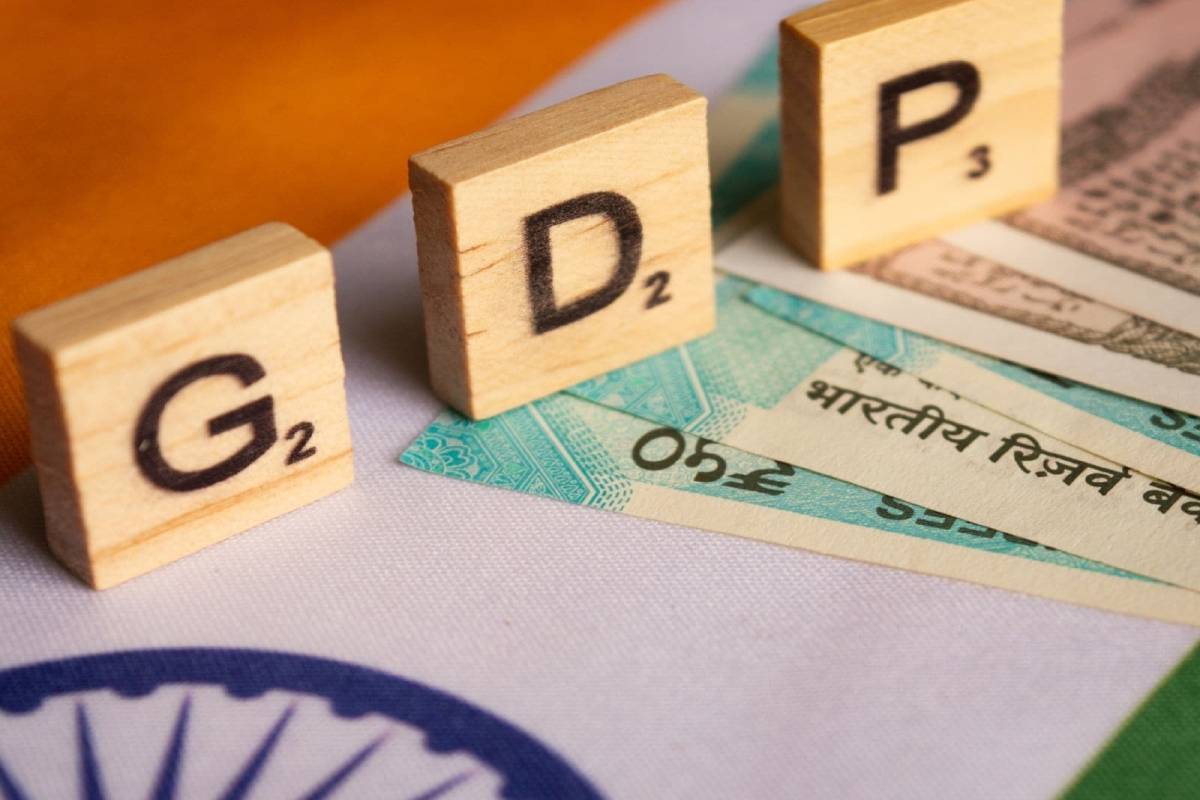India’s economic trajectory, as outlined by Finance Minister Nirmala Sitharaman, paints a picture of resilience and potential amidst global uncertainties. The projected GDP growth of 8 per cent or more for the JanuaryMarch quarter signifies a remarkable rebound from the challenges posed by the Covid-19 pandemic, especially when juxtaposed with the position of other major economies. Rating agencies have confirmed that India’s growth will outstrip that of other G-20 economies, by itself a significant achievement. However, beyond the numbers lies a narrative of strategic policy measures and structural reforms that have laid the groundwork for sustainable growth.
One of the key drivers behind India’s economic resurgence is the emphasis on inflation management and macroeconomic stability. Inflation, a persistent concern in emerging economies, has been meticulously managed, creating a conducive environment for investment and consumption. This disciplined approach not only instils confidence among investors but also ensures that the benefits of growth trickle down to all segments of society. Moreover, the government’s commitment to structural reforms has been instrumental in unlocking India’s growth potential.
Advertisement
Initiatives such as the Goods and Services Tax (GST) and the Insolvency and Bankruptcy Code (IBC) have streamlined the business environment, enhancing transparency and efficiency. Additionally, targeted interventions in sectors such as agriculture and manufacturing have bolstered productivity and competitiveness, paving the way for sustained expansion. The resilience displayed by India’s economy in the face of external shocks is equally commendable. Despite facing headwinds such as global supply chain disruptions and geopolitical tensions, India has managed to maintain its growth momentum. This resilience can be attributed to the diversification of trade partners, proactive fiscal policies, and the robustness of domestic demand.
However, amidst the optimism, it is essential to acknowledge the challenges that lie ahead. While the headline GDP figures paint a rosy picture, the distributional aspects of growth warrant attention. Addressing income inequality, enhancing social safety nets, and fostering inclusive development must remain top priorities for policymakers. Additionally, structural bottlenecks such as infrastructure deficits and bureaucratic red tape need to be addressed to unleash the full potential of the economy. Furthermore, the sustainability of India’s growth trajectory hinges on its ability to navigate emerging risks, particularly in the realm of environmental sustainability and technological disruption.
Embracing renewable energy sources, investing in green infrastructure, and fostering innovation are imperative to ensure long-term prosperity while mitigating climate risks. India’s projected GDP growth of 8 per cent or more for the January-March quarter underscores the resilience and potential of its economy. However, addressing distributional challenges, navigating emerging risks, and fostering inclusive and sustainable development are essential to realising India’s full economic potential in the years to come. As the nation stands at the cusp of a new era of growth, proactive and inclusive policy making will be key to unlocking its promise.
















